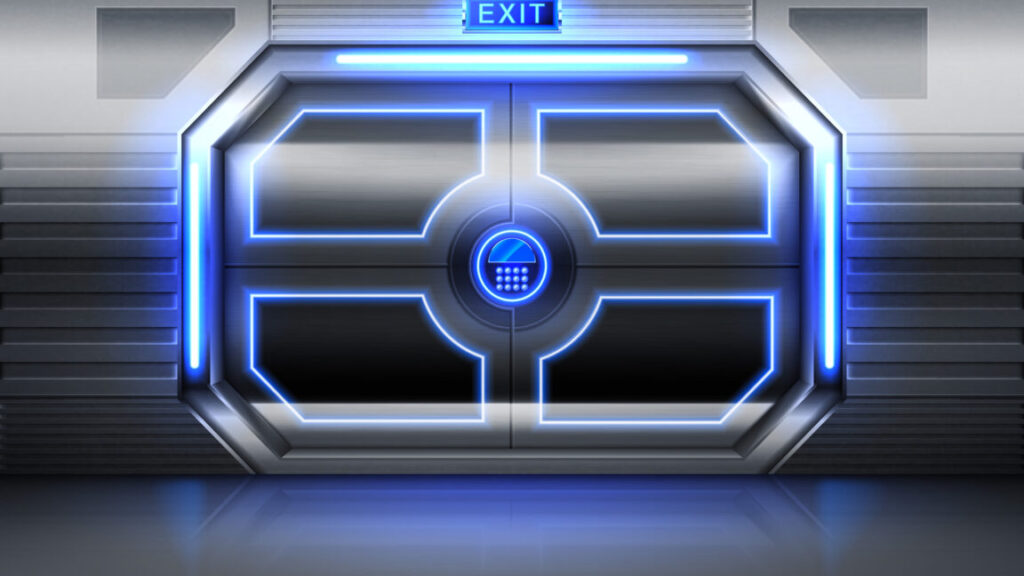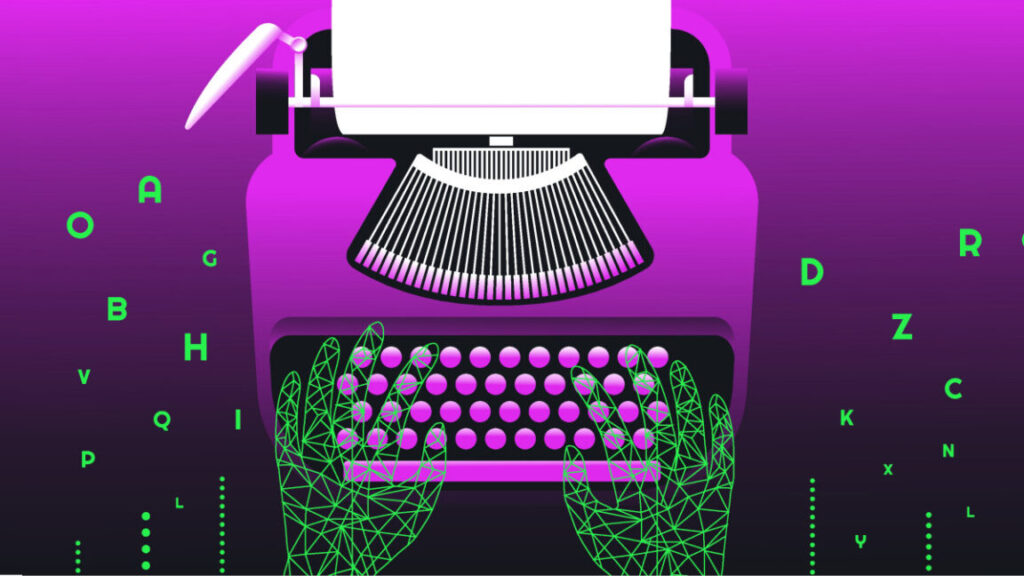No one asked for this: Google is testing round keys in Gboard
Most Android phones ship with Google’s Gboard as the default input option. It’s a reliable, feature-rich on-screen keyboard, so most folks just keep using it instead of installing a third-party option. Depending on how you feel about circles, it might be time to check out some of those alternatives. Google has quietly released an update that changes the shape and position of the keys, and users are not pleased.
In the latest build of Gboard (v15.1.05.726012951-beta-arm64-v8a), Google has changed the key shape from the long-running squares to circle shapes. If you’re using the four-row layout, the keys are like little pills. In five-row mode with the exposed number row, the keys are collapsed further into circles. The reactions seem split between those annoyed by this change and those annoyed that everyone else is so annoyed.
Change can be hard sometimes, so certainly some of the discontent is just a function of having the phone interface changed without warning. If you find it particularly distasteful, you can head into the Gboard settings and open the Themes menu. From there, you can tap on a theme and then turn off the key borders. Thus, you won’t be distracted by the horror of rounded edges. That’s not the only problem with the silent update, though.
The wave of objections isn’t just about aesthetics—this update also moves the keys around a bit. After years of tapping away on keys with a particular layout, people develop muscle memory. Big texters can sometimes type messages on their phone without even looking at it, but moving the keys around even slightly, as Google has done here, can cause you to miss more keys than you did before the update.
No one asked for this: Google is testing round keys in Gboard Read More »
























